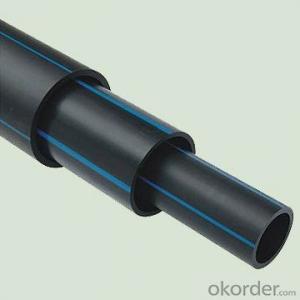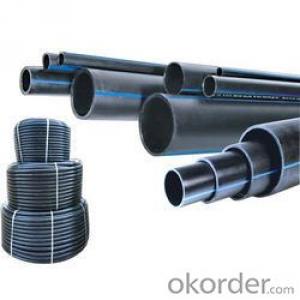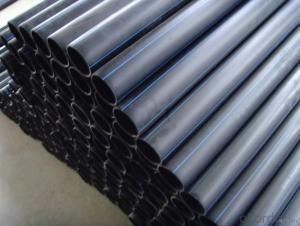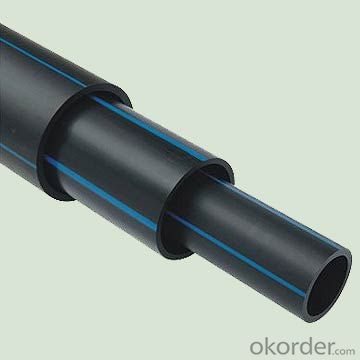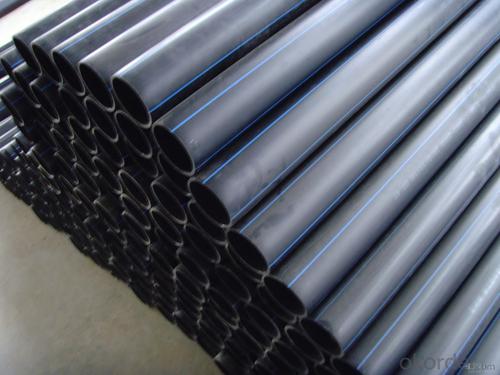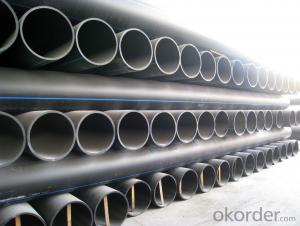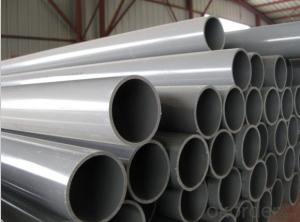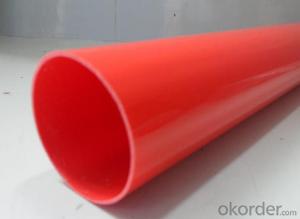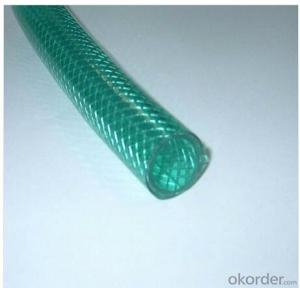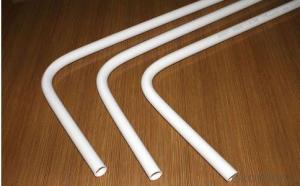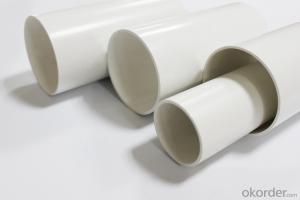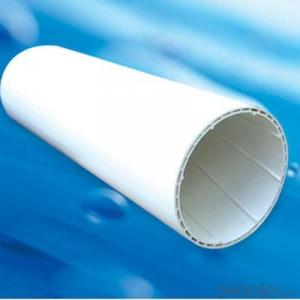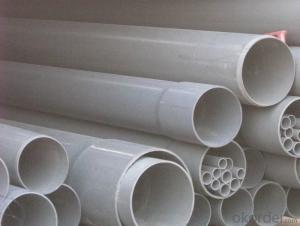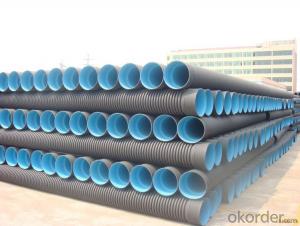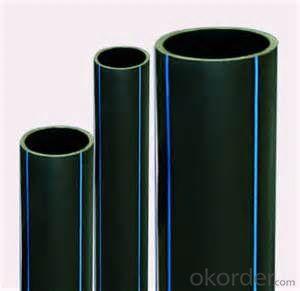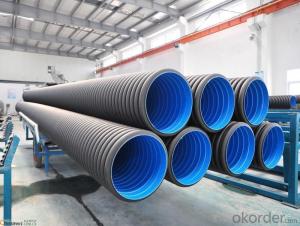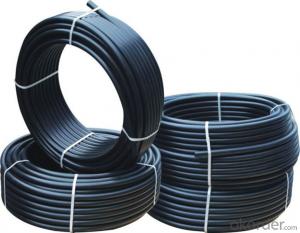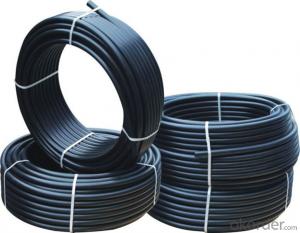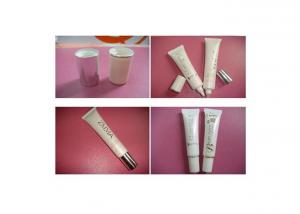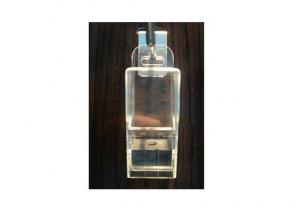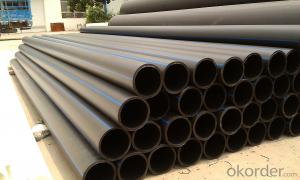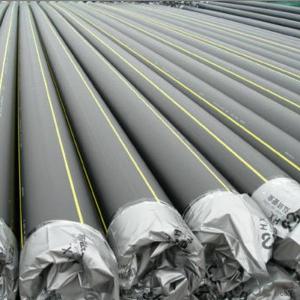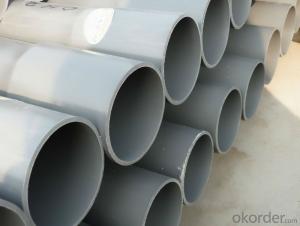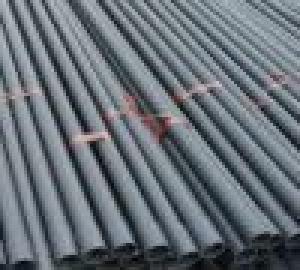Plastic Tubes - CNBM HDPE Pipe PVC Pipe and Fittings ISO4277
- Loading Port:
- Tianjin
- Payment Terms:
- TT OR LC
- Min Order Qty:
- 100 m
- Supply Capability:
- 3000 m/month
OKorder Service Pledge
OKorder Financial Service
You Might Also Like
Specifications
ISO 4427 hdpe pipe
1.Manufacture
2.Application:water supply
3.Diameter:20-1000mm
Advantages:
1.Nontoxic:
PE pipe material nontoxic, tasteless,it belongs to green building materials, never scaling,
which can effectively improve the water quality.
2.Corrosion resistance:
High resistance to attack from various types of chemicals. No electrochemical corrosion.
3.No Leakage:
PE pipe is connected in the ways of butt fusion, socket fusion and electrofusion and the
strength of joint point is higher than tube itself .
4.higher flow capacity:
The Smooth inner wall is easy for pipeline transportation .Under the same condition
delivery capacity can be increased by 30%.
5.Convenient for construction and installation:
PE pipe could be installed in a variety of trenchless ways, so it is very convenient for
construction and installation.
6.Lower system and maintenance costs:
PE pipe is not only convenient to transport and install, but also reduce the worker’s
labor intensity and improve work efficiency.
7.Longevity:
50 years under pressure use.
8. Recycled and Environment-friendly
- Q: What is the difference between rigid and rigid and semi rigid in electric PVC plastic pipes?
- PVC plastic pipes can be divided into soft PVC and hard PVC. Among them, hard PVC accounted for about 2/3 of the market, soft PVC accounted for 1/3. Soft PVC is generally used on the floor, ceiling and leather surface, but because soft PVC contains softener (which is also the difference between soft PVC and hard PVC), it is easy to brittle and difficult to preserve, so its range of application is limited.
- Q: Can plastic tubes be used for electrical wiring?
- No, plastic tubes cannot be used for electrical wiring as they lack the necessary insulation properties required for safe and effective electrical connections.
- Q: puckers? I don't want to waste money on stuff that does. Thanks
- Yes i have had that problem alot the padded ones are the only ones that seem to work
- Q: I remember having it as a kid and am wanting it for some stocking fillers! cant for the life of me remember what its called. have looked up all kinds of things on the net and not found a thing!
- I okorder /
- Q: What is the average lifespan of plastic tubes?
- The average lifespan of plastic tubes can vary depending on various factors such as the quality of the plastic, the conditions they are exposed to, and their usage. However, on average, plastic tubes can last anywhere from several months to several years.
- Q: Can plastic tubes be used for sound insulation?
- Yes, plastic tubes can be used for sound insulation. Plastic tubes can be filled with sound-absorbing materials such as foam or rubber, which help to reduce the transmission of sound waves. Additionally, the use of plastic tubes can provide a barrier that prevents sound from passing through, making them an effective option for sound insulation in certain applications.
- Q: Can the rusty iron pipe be sawed off and connected to the plastic tube?
- It depends on the rust of the pipe. It is not weak or serious. The iron pipe is sheathed wire, one end of the pipe is connected with a plastic heat wire connector
- Q: How are plastic tubes filled with liquids or semi-liquids?
- Plastic tubes are typically filled with liquids or semi-liquids through a process called liquid filling. This process involves using specialized equipment, such as filling machines or pumps, to carefully fill the tubes with the desired substance. The liquid or semi-liquid is usually poured or pumped into the tubes, ensuring proper measurements and avoiding any spills or air bubbles. Once filled, the tubes are sealed to prevent any leakage or contamination.
- Q: I'm building a science project with my little sister, and we quite frankly need some help. The plan is to make a little rollercoaster out of plastic tubing as the track. It's kind of thick, so it doesn't bend very well. We've been straightening it out for a couple days, but it's still slightly wavy. We need to get it into a solid position. The plan is to support it on some boxes, and maybe tape it down so it holds it's form.But, there is a part in the rollercoaster where it needs to be extremely straight. Any ideas??
- Classic Plastic
- Q: How are plastic tubes sealed to prevent leakage?
- Plastic tubes are sealed to prevent leakage through a variety of methods such as heat sealing, ultrasonic welding, crimping, or the use of caps and closures. These techniques ensure a secure and tight seal that prevents any liquid or substance from leaking out of the tube.
Send your message to us
Plastic Tubes - CNBM HDPE Pipe PVC Pipe and Fittings ISO4277
- Loading Port:
- Tianjin
- Payment Terms:
- TT OR LC
- Min Order Qty:
- 100 m
- Supply Capability:
- 3000 m/month
OKorder Service Pledge
OKorder Financial Service
Similar products
Hot products
Hot Searches
Related keywords
